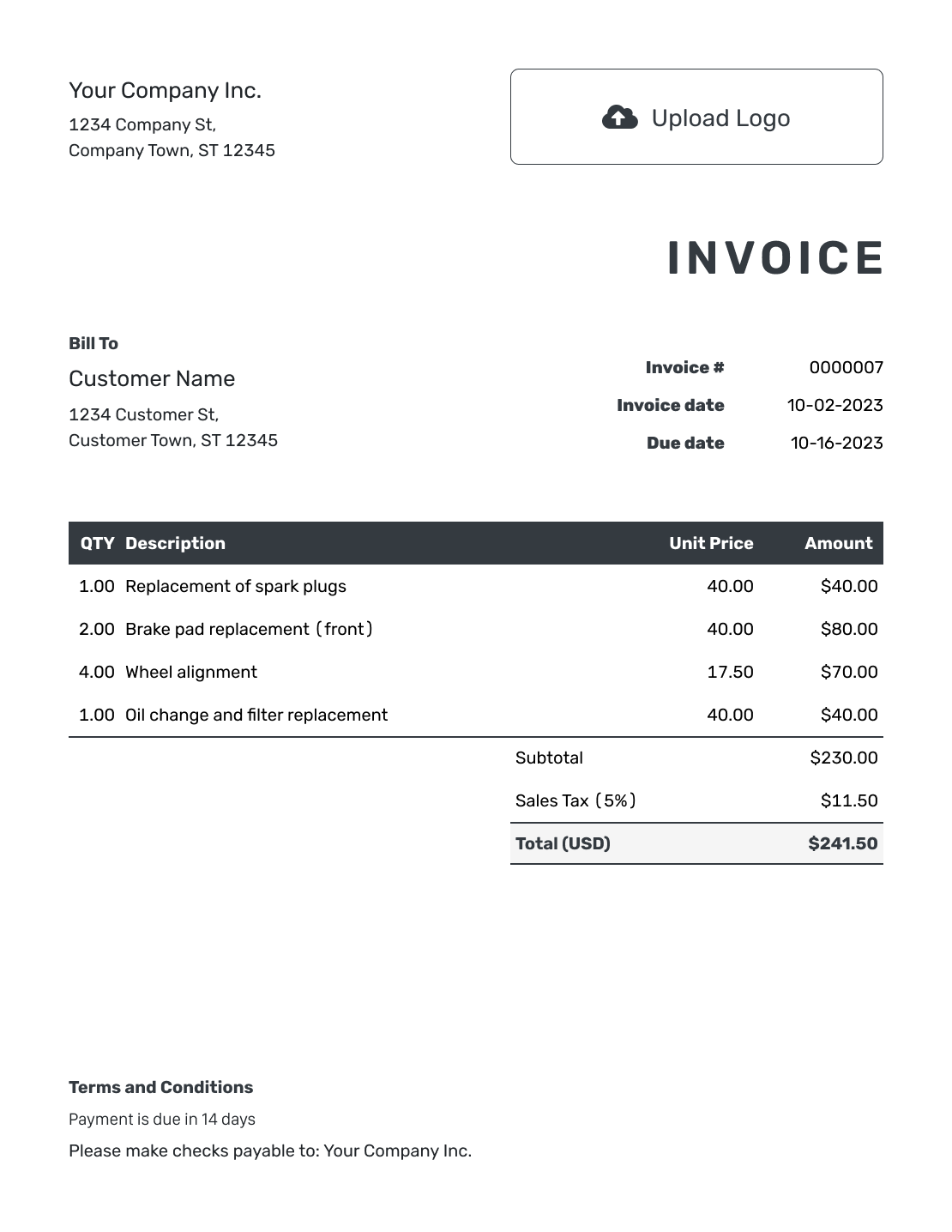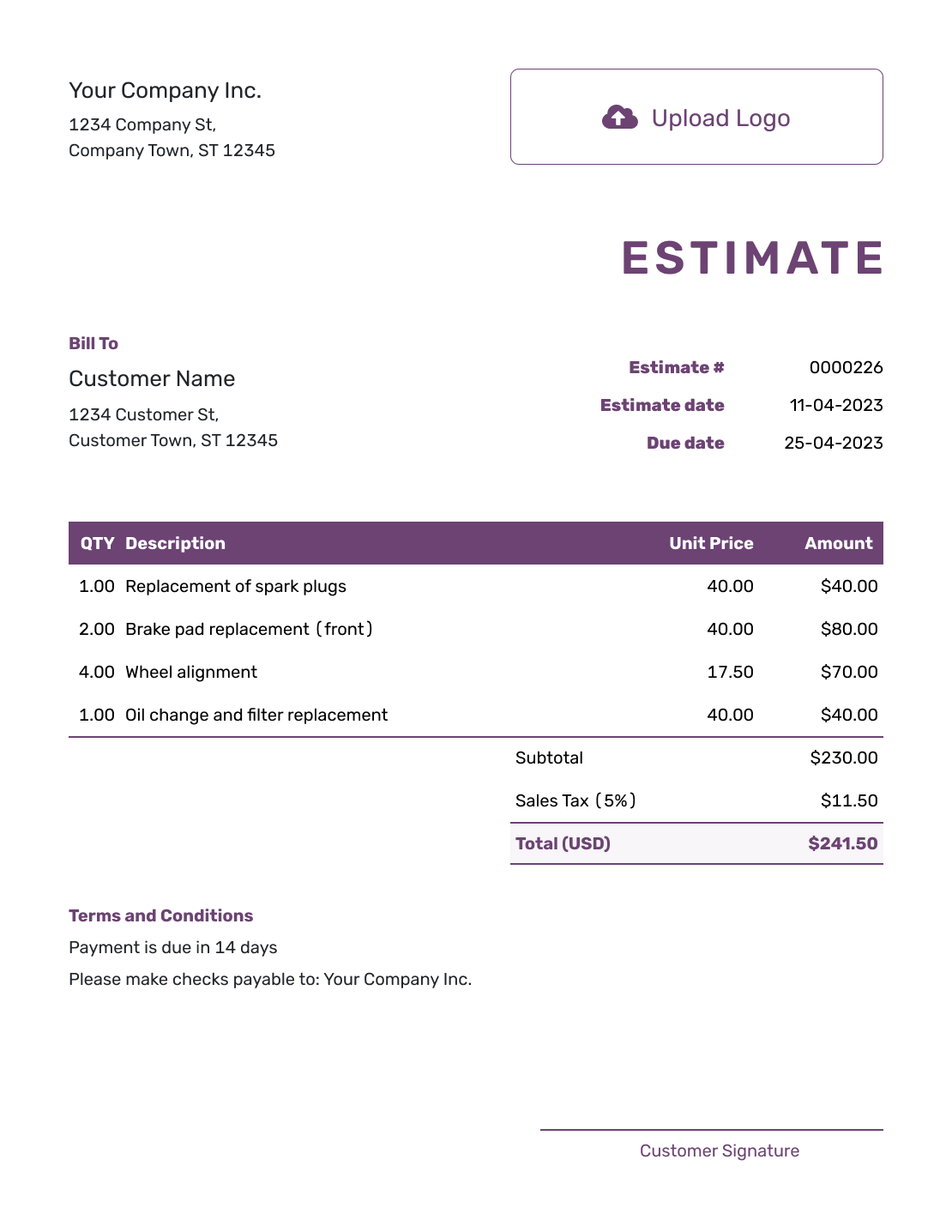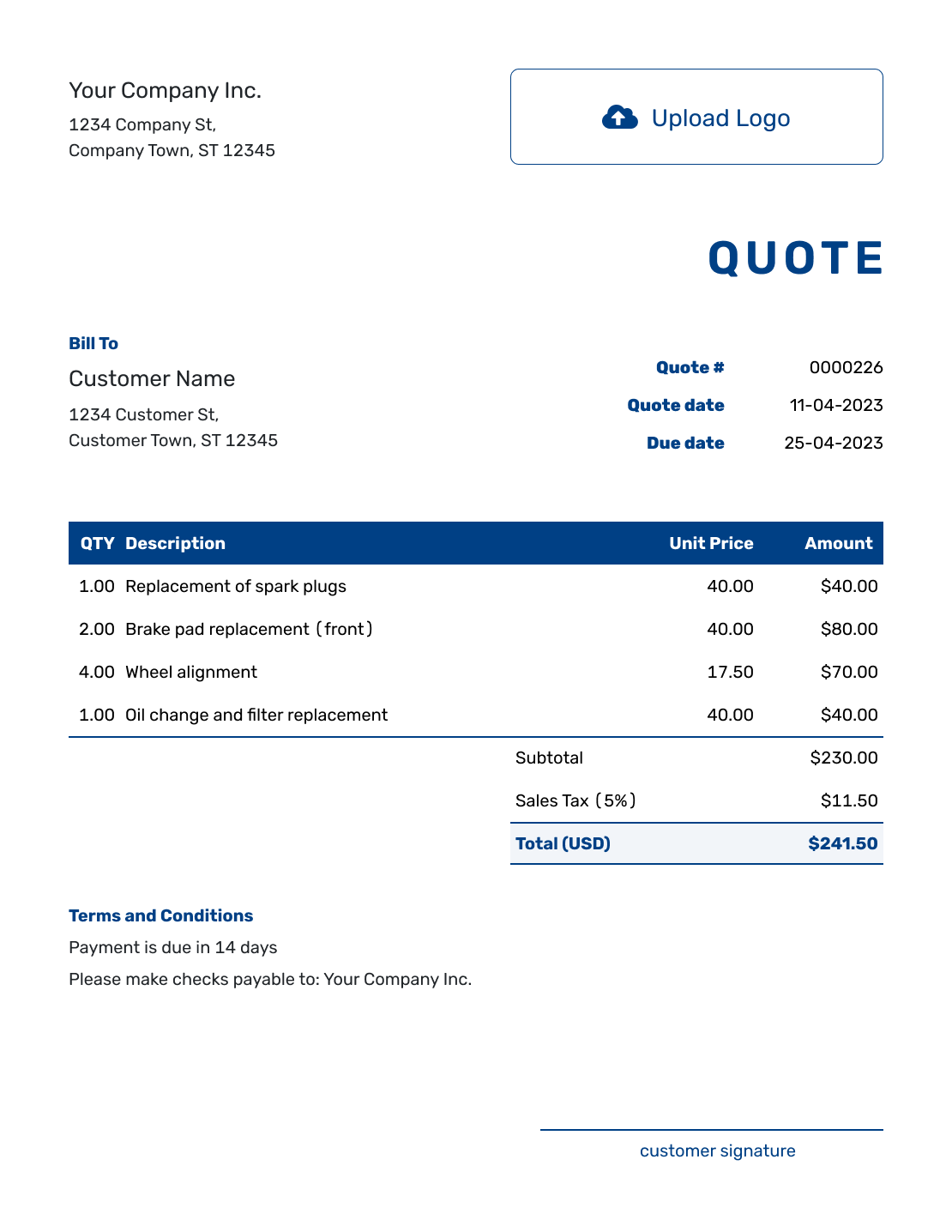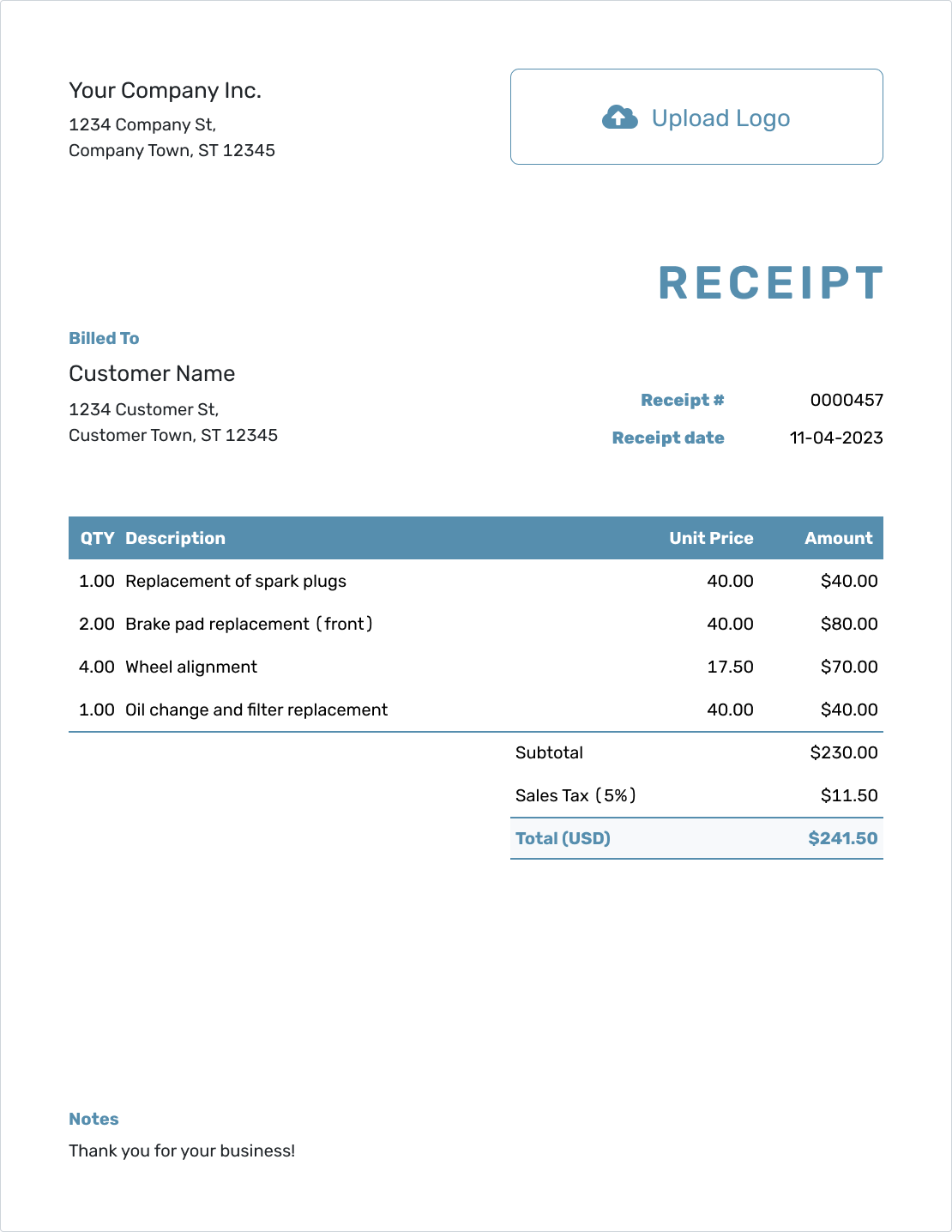Grow Your Business with Confidence
A Guide to Small Business Loans and Financing for Equipment and Tools
Est. reading time: 12 min

For many service professionals, having the right tools and equipment is essential for success. But with high upfront costs, financing becomes an important step in growing your business. This guide will help you understand small business loans and how to secure funding for your needs.
Why Financing Is Key
Whether you’re buying a new truck for your towing business, upgrading tools for your machine shop, or investing in specialized catering equipment, financing provides the flexibility to grow your business without draining your cash reserves.
1. Boost Productivity
Up-to-date tools and equipment help you work more efficiently, take on bigger projects, and deliver higher-quality results.
2. Expand Your Offerings
Financing allows you to invest in equipment that opens up new revenue streams, like offering winter snow removal alongside your landscaping services.
Types of Small Business Loans
Understanding your financing options helps you choose the right loan for your business. Here are some common options:
1. Equipment Financing
Designed specifically for purchasing equipment, these loans use the equipment itself as collateral. This is a popular choice for service professionals investing in trucks, machinery, or tools.
2. Small Business Administration (SBA) Loans
Backed by the government, SBA loans offer competitive interest rates and long repayment terms. They’re ideal for larger investments but often require strong credit and detailed documentation.
3. Business Line of Credit
A line of credit gives you access to funds up to a certain limit, which you can use as needed. It’s flexible for ongoing expenses or smaller equipment purchases.
4. Personal Loans
For small businesses, personal loans can be a quick way to access funds. However, they carry more risk as they rely on your personal credit and assets.
Steps to Secure Financing
1. Assess Your Needs
Determine what equipment you need and how much it will cost. Estimate the expenses and provide clear documentation to lenders when applying for loans.
2. Prepare Financial Documents
Lenders will require proof of income, tax returns, and a business plan. Keeping detailed records ensures a smoother application process.
3. Compare Lenders
Shop around for lenders offering favorable terms. Look at interest rates, repayment schedules, and any associated fees.
4. Apply for the Loan
Submit your application with all required documentation. Be prepared to answer questions about your business and how you plan to use the funds.
5. Use Funds Wisely
Once approved, use the funds to purchase the equipment or tools you need. Monitor your expenses and ensure timely repayments to maintain good standing with lenders.
How Docelf Helps
Securing financing is just the start. Docelf helps you manage your business and win more jobs with ease:
- Professional Invoices: Use our invoice template to issue professional payment requests to your customers and manage cash flow effectively.
- Detailed Quotes: Impress potential clients and lenders with clear, professional cost breakdowns using our quote template.
- Accurate Estimates: Provide customers with realistic and professional project costs using our estimate template, helping you close more deals.
Ready to simplify your business operations and grow your customer base? Sign up for Docelf today and take control of your business with ease.




